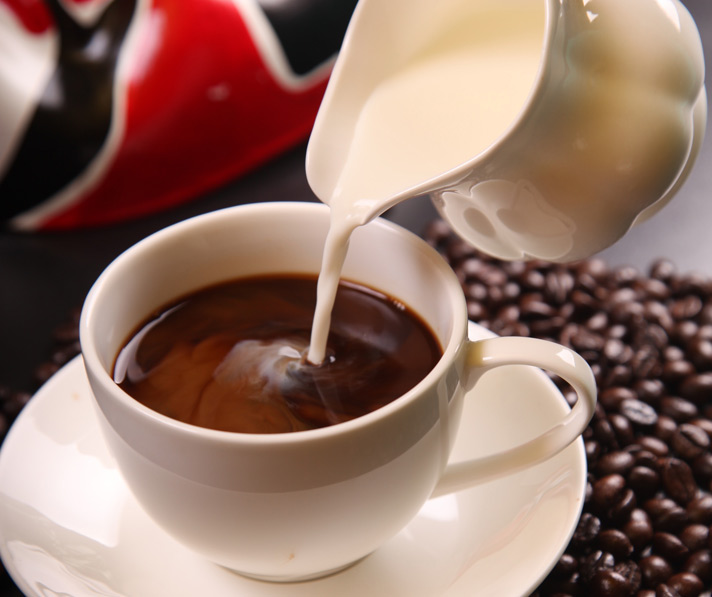Speaking of Antiquing – May 2018
Pouring cream into coffee is a tradition borrowed from the Europeans. Before coffee makers succeeded in separating the grounds from the water, coffee was often too strong or bitter. A bit of sugar and a splash of cream smoothed-away the bitterness, making a more enjoyable hot drink. Cream and sugar sets, therefore, became as common as salt and pepper sets.
Cream scooped from the top of the milking was typically churned into butter. The excess was stored in a cold room, creek, or in the water well in crock jars to keep it cold. It was then brought to the table in small, spouted vessels known as “creamers.” Most sets of China or tableware included a matching, lidded sugar bowl and were often sold as an add-on to dinnerware sets. Pottery companies that supplied restaurants such as Tepco, Shenango, Homer Laughlin, and others, made small thick creamers that kept the cream cold for a while.
Restaurant and café creamers are collected for their small size and color. Most were made from the heavy crock pottery, designed to hold the cold. Many were made with the name of the establishment that was painted-on before glazing. Today, these will fetch a high dollar in the collecting world. Most were plain, but had maker designs such as red, green, cobalt, or brown stripes around the white rims, or middle. Some included flower garlands or other decorative designs on the body, were single-serving with a pour spout but no handle, and were cylindrical with a thick bottom. Early ironstone creamers had rounded rims but no spout and resembled a crock butter churn and were dark or light brown. Those made by the Fraunfelter Company were dark green and are coveted by collectors.
Post World War II, creamer styles changed and featured handles. They were larger, resembling English milk pitchers and continue to be produced by pottery companies for daily use.
Later, in the mid-century era, stainless steel creamers came into fashion and were used widely by restaurants because they didn’t break and were stolen less often! They were also more conducive and stood up to commercial restaurant dishwashers. Although stainless holds cold for a good period, they are usually filled too much, resulting in wasted cream. I enjoy a breakfast or dinner house that continues using the small pottery creamers, although they are becoming few and far between.
Collectors who use their items rather than just as shelf-sitters, use creamers for flower vases or toothpick holders. I am sure you can think of several other reasons to collect these beautiful, little treasures!
At Pickety Place, you’ll find creamers including glass sets from Depression Glass, Fostoria, Heisey, and others, to fine porcelain sets from Limoges, Staffordshire, Beleek, along with milk glass and silver sets.

 Margaret Barns is co-owner of Pickety Place Antiques & Collectibles located at 130 N. 4th Street in Jacksonville. LIKE them on
Margaret Barns is co-owner of Pickety Place Antiques & Collectibles located at 130 N. 4th Street in Jacksonville. LIKE them on